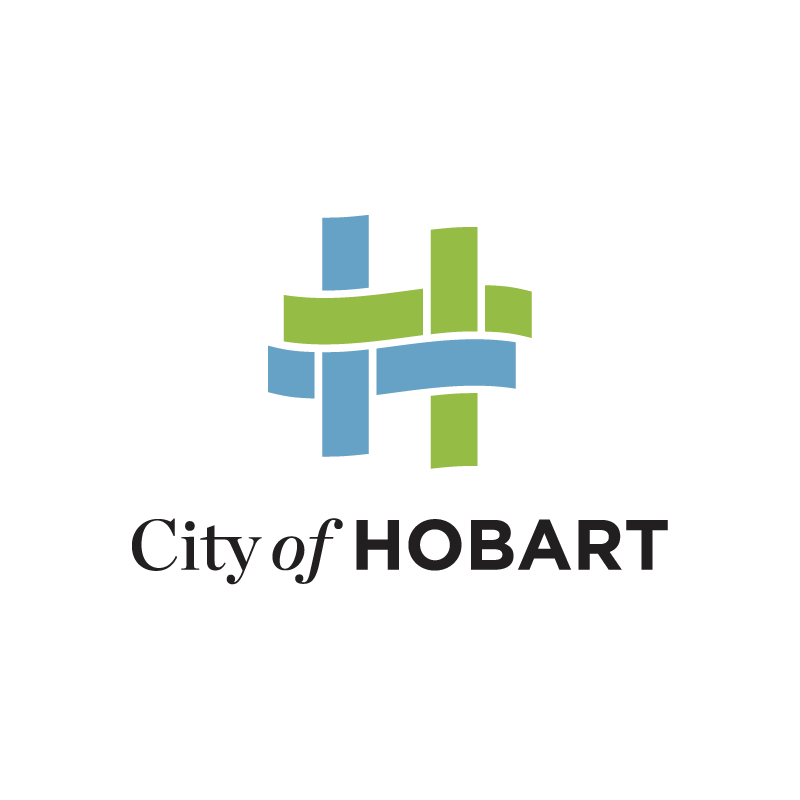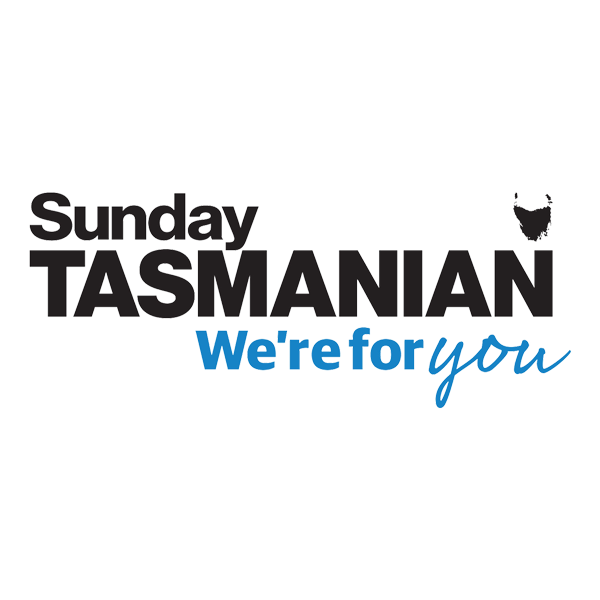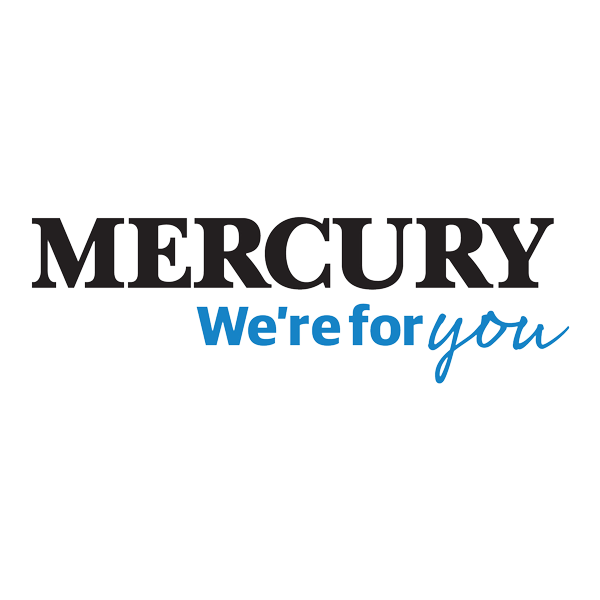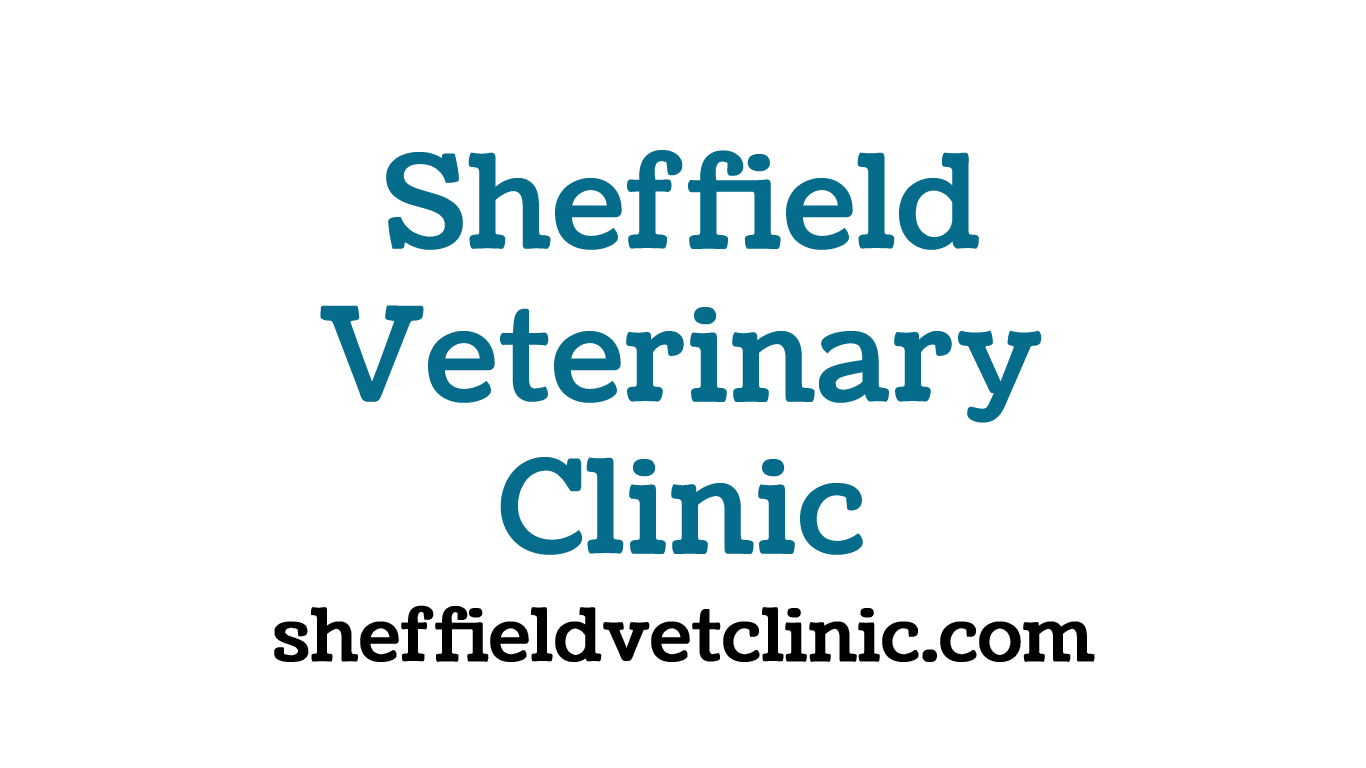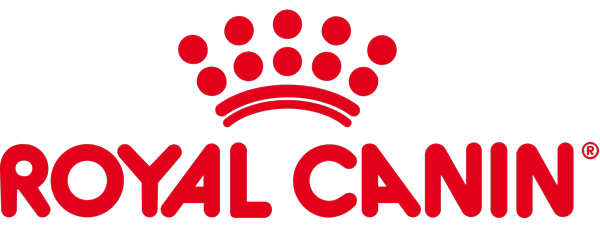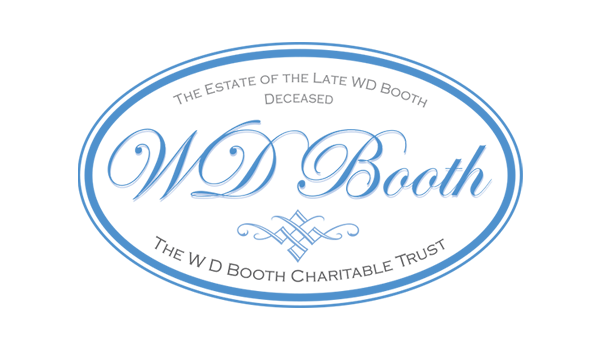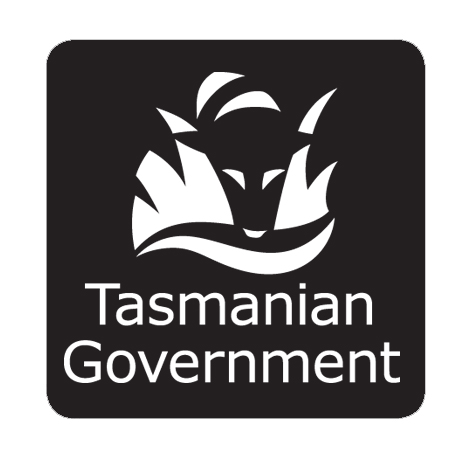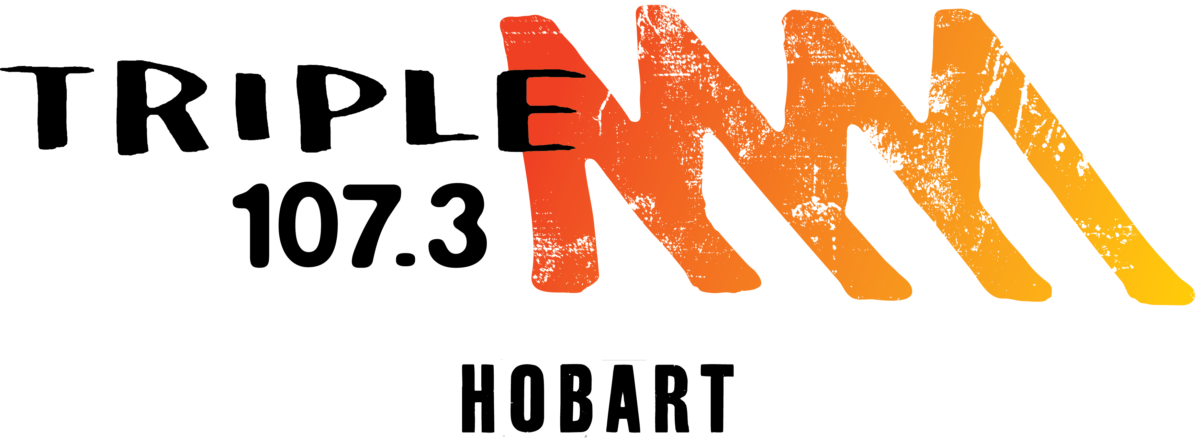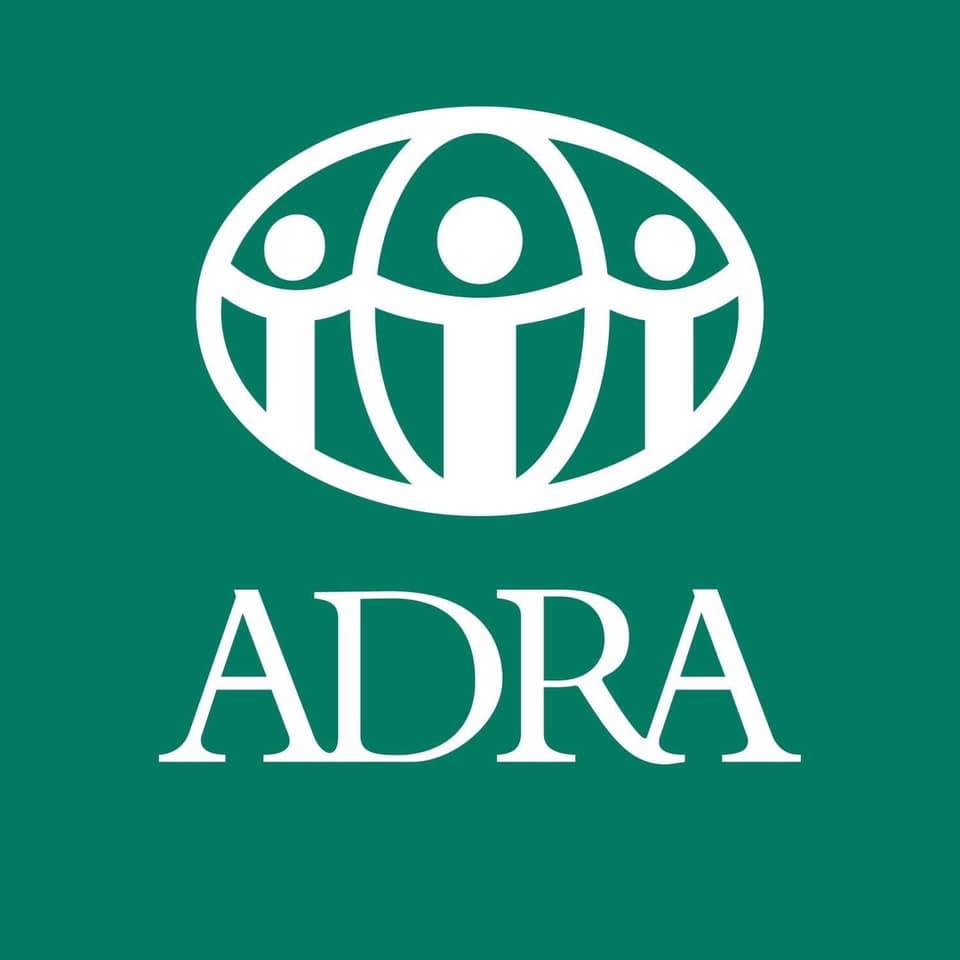According to a recent Treasury review into the costs and functions of the organisation, almost two-thirds of Tasracing’s revenue comes from the government – in other words, from Tasmanian taxpayers.
At 64%, this is more than double the subsidy provided in any other Australian state. The next highest behind Tasmania was Queensland with 23%. Racing bodies in other states recorded between 6% and 15% of government funding as a proportion of revenue.
The report noted that most jurisdictions provide funding based on the short-to-medium term needs of the industry. The Tasmanian government is the only state government which guarantees annual industry funding by way of a 20 year funding deed signed in 2009, following the sale of the TOTE.
This agreement sets the annual rate of increase in funding to the racing industry at half the rate of CPI, which is currently c2% pa. Yet the government has provided an annual increase of 6% in the past year.
The government Point of Consumption Tax is set at 15% of the net wagering revenue, with a current annual tax-free threshold of $150,000. Tasracing is also expected to receive $2.53 million from this tax this year.
Over the past year, the state government has provided just over $31 million in funding support for the racing industry – which is the equivalent of $58.68 for every Tasmanian.
It is hard to understand why our taxes are being spent on a sport that exploits animals for entertainment and profit. It is even harder to understand how such generous funding can be justified in a time when essential public services are facing funding freezes and even cutbacks.
A 2010 government inquiry into the performance of Tasracing highlighted numerous issues with the funding agreement including that: “The ongoing indexed $27 million funding model fails to tie funding to performance and is irrespective of revenue earned.”
Yet here we are more than 10 years later – and nothing has changed.
Taxpayers have every right to be dismayed at the apparent lack of any plan to make the industry sustainable.
The government may well be bound by the commitments made under the 20-year funding arrangements put in place after the sale of the TOTE – but there is no case for taxpayer subsidy of the racing industry to continue beyond the expiry of that agreement in 2029. The racing industry needs to be planning for an orderly transition to self-sufficiency at that time.
In the meantime, the government should be insisting on improved animal welfare outcomes and increasing standards of industry accountability and transparency in return for these levels of public funding.
Some people will never agree that animals should be used for human entertainment. Others argue racing is an intrinsic part of the Australian culture.
However, our world is changing – and community attitudes to acceptable behaviours are also changing. Activities involving human-animal relationships, especially when animals are used for entertainment, will have to move with these changes.
Leading industry participants recognise this.
After the ABC’s 7.30 report in 2019 about the unfathomably cruel treatment of what has been euphemistically called “thoroughbred wastage”, Hall of Fame thoroughbred trainer, Lee Freedman, said “if we don’t make real changes, the court of public opinion will bury racing”.
And he is right.
Racing supporters claim the industry provides employment for hundreds of people, and that may well be so. However, it is more than reasonable to question why it cannot stand on its own feet.
MEDIA CONTACT
Jan Davis, CEO – RSPCA Tasmania
Mobile: 0409 004 228
Email: jdavis@rspcatas.org.au

